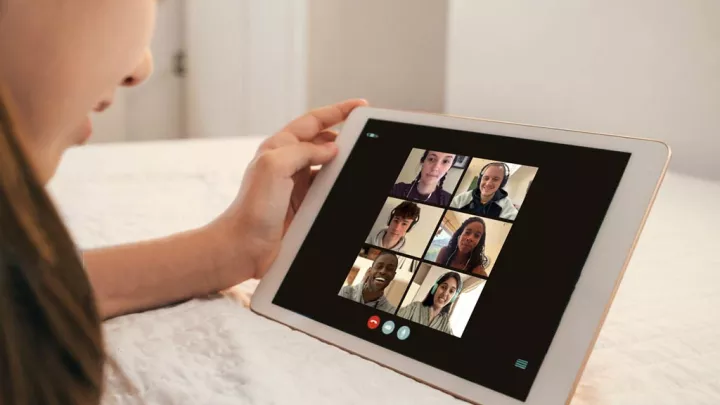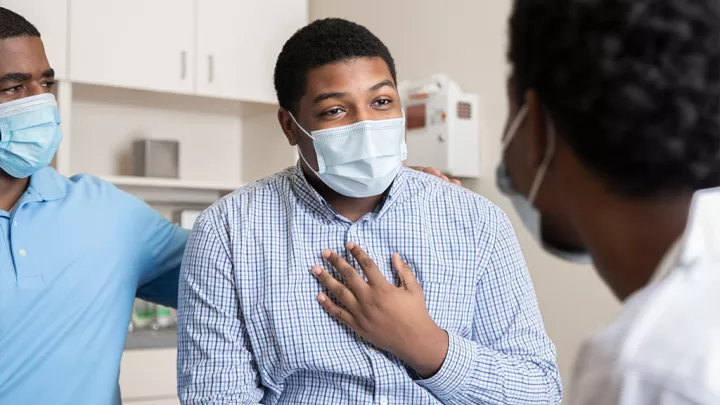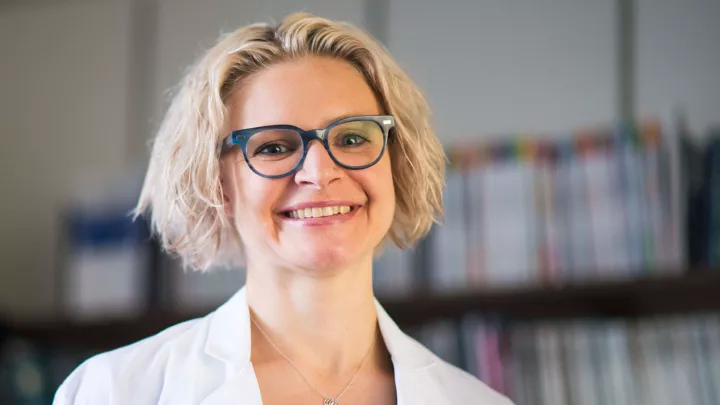Team Clinic: Empowering Youth to Take Back Their Healthcare

Children’s Hospital Los Angeles has been awarded a $1.36M grant from The Leona M. and Harry B. Helmsley Charitable Trust to adapt a patient-driven model of care that Clinical Diabetes Director, Jennifer Raymond, MD, MCR, developed to increase treatment compliance among difficult to reach populations. Helmsley’s funding will also be used to investigate how to best share the model with other healthcare providers.
The cost of diabetes is rising. According to the American Diabetes Association (ADA), the disease cost Americans $237B in medical bills and prescriptions, with an estimated additional $90B in indirect costs in 2017 alone. This striking number will only increase if patients do not receive proper medical care. Adolescents and young adults (ages 13-25) represent the age group with the greatest difficulty meeting ADA recommendations for diabetes outcomes and frequency of clinic visits. This puts them at risk for both short- and long-term health complications, potentially impacting not only their families’ finances but also their quality of life.
Dr. Raymond feels that poor compliance in clinic visits represents a deeper feeling of disconnect between adolescents and their ability to control and relate to their own care. “We need to focus on improving the care we provide before we ask families to give up their time to come to clinic,” says Dr. Raymond, who is also an Associate Professor of Clinical Pediatrics at the Keck School of Medicine of USC. “I started thinking ‘How do we better care for these patients? How do we address the psychosocial issues and stressors that come with adolescence?’” These questions led Dr. Raymond to develop Team Clinic during her work as a clinician in Colorado.
In the Team Clinic model, adolescents meet with their providers one-on-one before heading into a patient-driven meeting. There, other patients their age are gathered informally to discuss issues that are relevant to them. The idea is simple but the results, powerful. Not only are patients more satisfied but so are the clinicians and nurses. “The group in Colorado has continued doing Team Clinic since I moved to California,” she says, “because staff, patients, and families insisted on continuing these shared appointments. To me, that is the best outcome we could ask for.”
The success of Team Clinic is exciting. It leaves Dr. Raymond, however, with another problem – how to effectively share the model with other clinicians. “I’m often asked, ‘How can I do this in my own clinic?’” she says. “I try to share as much as I can but this is difficult to do without an organized protocol.” The way to move forward, she decided, was to standardize the method and create a toolkit of sorts to share with clinical staff. Helmsley’s support will make such an effort possible. The idea is for Team Clinic to grow, and not just geographically. “The goal of the grant is to make online toolkits available to providers,” Dr. Raymond explains, “and to get feedback so we can learn from one another.”
Her method is poised to truly change the way we treat adolescents and young adults with diabetes, not only in California but beyond. “The positive feedback about Team Clinic is a huge testament to what patients and families want from a diabetes clinic,” says Raymond.
The long-term implications of Raymond’s model will be revealed with time. For now, one thing is certain: patients more involved with their healthcare will have the best chance of managing diabetes, minimizing complications, and having a better quality of life.
About Children's Hospital Los Angeles
Children's Hospital Los Angeles has been ranked the top children's hospital in California and sixth in the nation for clinical excellence by the prestigious U.S. News & World Report Honor Roll. The Saban Research Institute at CHLA is one of the largest and most productive pediatric research facilities in the United States. CHLA also is one of America's premier teaching hospitals through its affiliation since 1932 with the Keck School of Medicine of the University of Southern California. For more, visit CHLA.org, the child health blog and the research blog.


